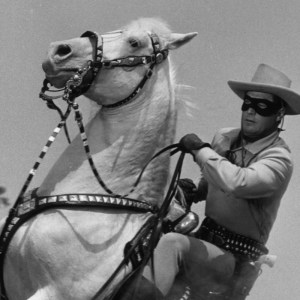Frontman for the Canadian-born, platinum-selling rock band, Nickelback, Chad Kroeger has had his hands on many hit songs over the years.
Videos by American Songwriter
Born on November 15, 1974, the lead singer, songwriter, and guitar player has both created his own big tracks and helped others do the same over his noteworthy career. But it all started in the early ’90s when he was part of a grunge cover band called Village Idiot.
That early band, which he started with his cousin Brandon and brother Mike, led to the formation of Nickelback a few years later. Today, the group has been together for several decades.
[RELATED: Top 10 Songs by Nickelback]
For a long time, Kroeger was with another Canadian hitmaker, Avril Lavigne. The two had started working together in 2012, writing songs for her fifth LP. They were engaged that year and married in 2013. Sadly, though, the love didn’t last and they broke up in late 2015. But not before the two had written a bunch of songs.
Kroeger’s sonic partnership and collaboration with Lavigne wasn’t the only connection Kroeger has made musically. The artist also wrote songs for more artists, including the Daughty and the guitar icon Carlos Santana.
Here are three songs you didn’t know Nickelback’s Chad Kroeger wrote for other artists.
1. “Here’s to Never Growing Up,” Avril Lavigne
Written by Avril Lavigne, David Hodges, Chad Kroeger, JKash, Martin Johnson
The song, which boasts more than 200 million views on YouTube alone, appeared on Lavigne’s self-titled fifth album, which was released in 2013. It was the lead single from the record, dropped on April 9 that year. The pop-rock track is all about remaining young—at heart, at least. It hit No. 1 in several countries and the Top 10 in many more. It also hit the Top 20 in countries like Canada, the U.K., and the U.S.
The song, which includes a reference to Radiohead and singing their songs at the top of your lungs, is an acoustic-guitar-driven track, featuring Lavigne’s signature biting lyrical delivery. We can stay forever young, sings the pop star, adding, Here’s to never growing up! Perhaps it was inspired by new love between Kroeger and Lavigne—a feeling that can make one feel timeless and even invincible.
Together, the two penned many other songs, including “Hello Kitty,” “Rock n Roll” and “Bad Girl.”
2. “Life After You,” Daughtry
Written by Chad Kroeger, Chris Daughtry, Joey Moi, Brett James
With nearly 50 million views on YouTube, this song is another example of a mid-tempo pop ballad driven by emotional lyrical delivery and acoustic guitar backing. Daughtry, who rose to fame on American Idol, offers his signature emotional vocal delivery, culminating in a catchy chorus. All that still matters is love ever after, he sings.
The song marked the second single from Daughtry’s second LP, Leave This Town, which was released in 2009. The track, which was on the soundtrack for the 2013 animated movie Alpha and Omega 2: A Howl-iday Adventure was a commercial success.
The track was offered to Daughtry while he was on tour with Bon Jovi. Initially, the singer was unsure if it was a fit, but he couldn’t get it out of his head. So, he wrote a bridge for the tune and recorded it.
3. “Why Don’t You & I,” Carlos Santana
Written by Chad Kroeger
Written by Kroeger and recorded for the 2002 Santana album, Shaman, “Why Don’t You & I” has two versions. One with Kroeger singing and one with Alex Band of the group the Calling singing. Both versions charted in the United States. The track features Carlos Santana’s signature melodic guitar playing style with Kroeger’s raspy, passionate voice.
The reason for two versions was that Nickelback’s label thought that if Kroeger was featured on such a high-profile song, it would compromise the release of their 2003 album, The Long Road, potentially hurting sales. So, Kroeger recommended Band to re-record the vocals. Band’s version was later included on the album, Ultimate Santana. It hit No. 8 on the Billboard Hot 100 chart in 2003, marking Santana’s sixth and final song to date to hit the top 10 in the U.S.
Photo by Jeremy Chan/Getty Images
